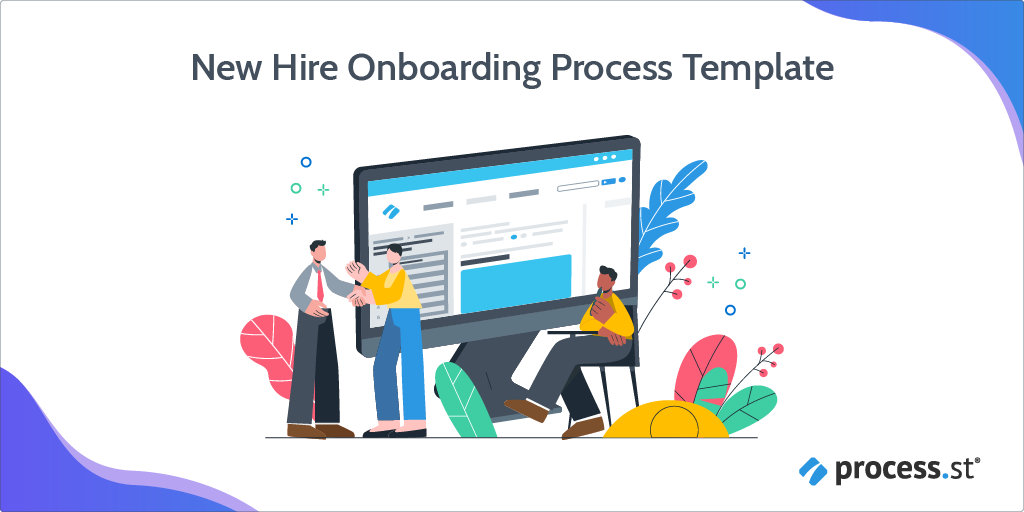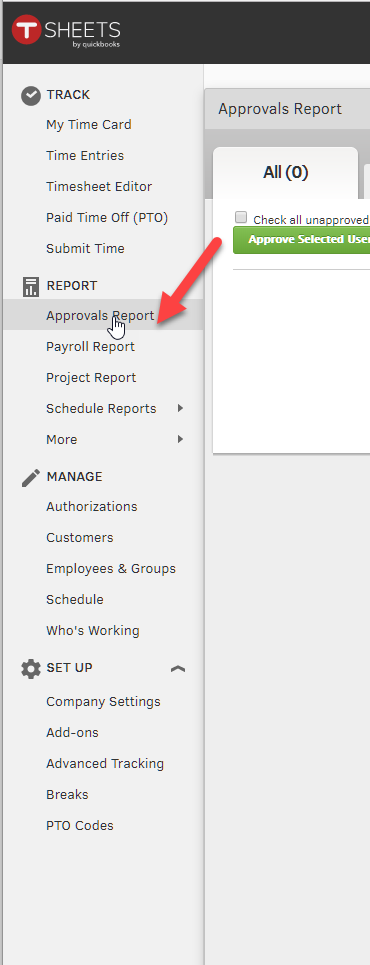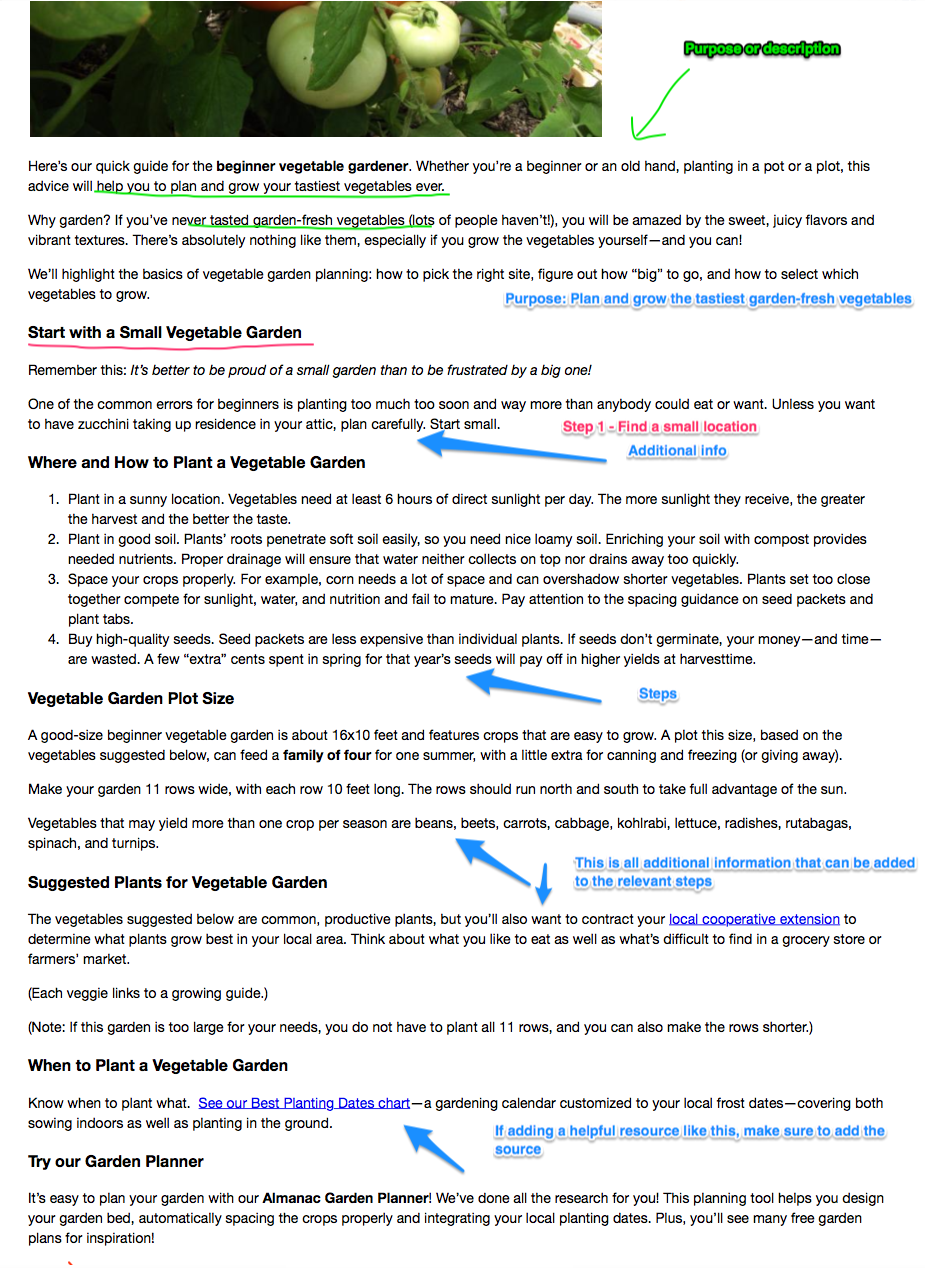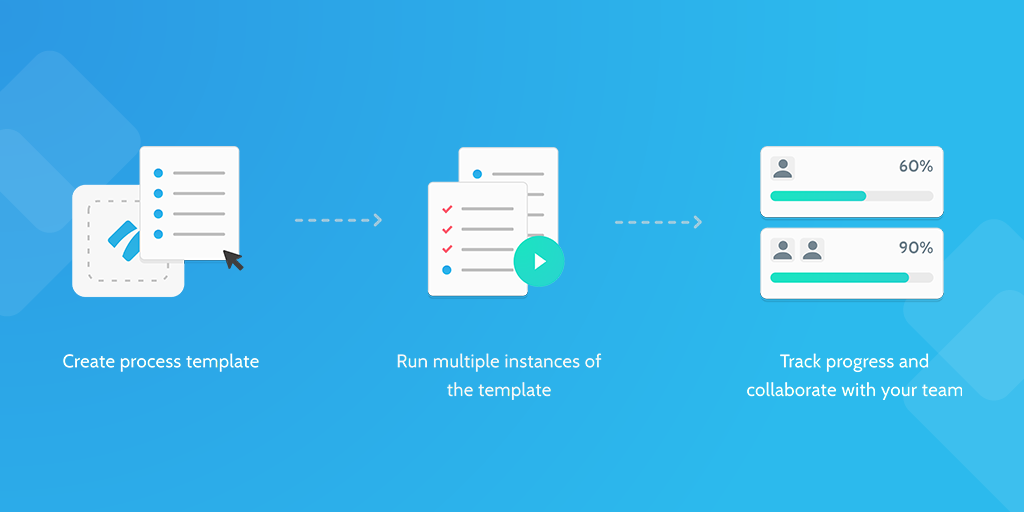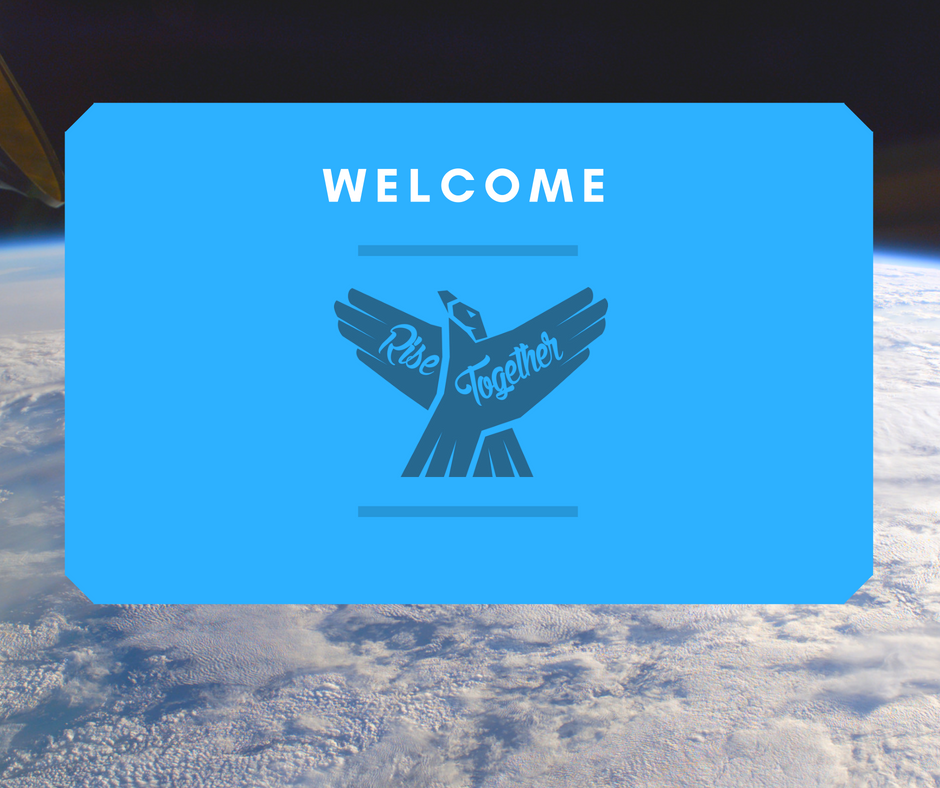Constructing a new hire onboarding process template is an incredibly powerful tool for companies, helping to boost employee retention and job satisfaction while reducing new hire churn. However, Sapling found that 88% of organizations don't onboard well.
You certainly don't want to form part of this percentage, which is why this new hire onboarding process template is so beneficial. This comprehensive template ensures all your bases are covered to provide your new hires a good onboarding experience, whether they're working in-person, remotely, or a little of both.
Actionable processes are encouraged to have a set timeline. That's why this employee onboarding template is structured to last for 3 months. You might find that you want a longer or shorter onboarding period. If that's the case, you can easily edit the template to your exact specifications.
Add this template to your library, edit it (if you feel necessary), and run it whenever you welcome a new employee into your company.

